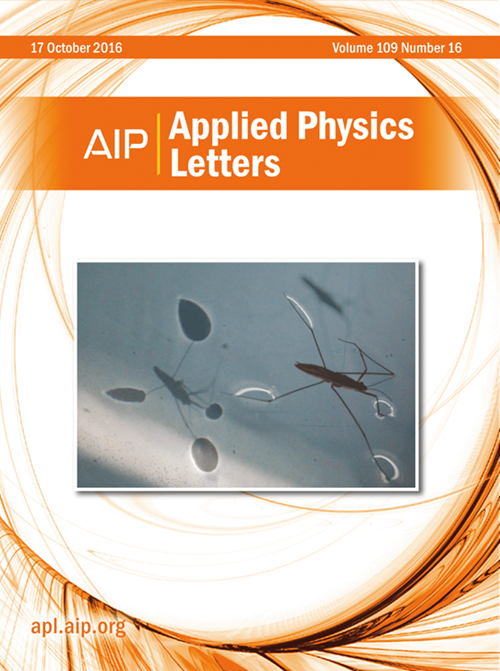Synchrotron 3D-RSM reveals the microstructure of superconducting YBa2Cu3O7−x films grown on various substrates
IF 3.5
2区 物理与天体物理
Q2 PHYSICS, APPLIED
引用次数: 0
Abstract
Further unleashing the full potential of YBa2Cu3O7−x (YBCO), a premier high-temperature superconductor, for devices in advanced communication technologies hinges on the refinement of its fabrication process. In this work, a synchrotron three-dimension reciprocal space mapping (3D-RSM) technique, which offers a larger Q-space range and higher spatial resolution, was developed and used to analyze YBCO films grown on (001)-oriented LAO, STO, and MgO substrates. The 3D-RSM results reveal that epitaxial YBCO c domains dominate the films, with minor YBCO a domains in YBCO/LAO. The YBCO c domains present a consistent epitaxial relationship with the substrate STO and LAO, with the domain boundary parallel to the substrate [110] or [1¯10] axes. In contrast, YBCO/MgO films exhibit two distinct in-plane epitaxy orientations. Quantitatively measured lattice constants indicate the possible Tc-related oxygen vacancy condition therein. A 2-in. YBCO/MgO film, prepared by a homemade pulsed laser deposition system, verified the structural non-uniformity issues, suggesting room for further optimization. This study underscores the advantages of synchrotron-based 3D-RSM for microstructure analysis, which could support process improvement and performance optimization in high-frequency applications.求助全文
约1分钟内获得全文
求助全文
来源期刊

Applied Physics Letters
物理-物理:应用
CiteScore
6.40
自引率
10.00%
发文量
1821
审稿时长
1.6 months
期刊介绍:
Applied Physics Letters (APL) features concise, up-to-date reports on significant new findings in applied physics. Emphasizing rapid dissemination of key data and new physical insights, APL offers prompt publication of new experimental and theoretical papers reporting applications of physics phenomena to all branches of science, engineering, and modern technology.
In addition to regular articles, the journal also publishes invited Fast Track, Perspectives, and in-depth Editorials which report on cutting-edge areas in applied physics.
APL Perspectives are forward-looking invited letters which highlight recent developments or discoveries. Emphasis is placed on very recent developments, potentially disruptive technologies, open questions and possible solutions. They also include a mini-roadmap detailing where the community should direct efforts in order for the phenomena to be viable for application and the challenges associated with meeting that performance threshold. Perspectives are characterized by personal viewpoints and opinions of recognized experts in the field.
Fast Track articles are invited original research articles that report results that are particularly novel and important or provide a significant advancement in an emerging field. Because of the urgency and scientific importance of the work, the peer review process is accelerated. If, during the review process, it becomes apparent that the paper does not meet the Fast Track criterion, it is returned to a normal track.
 求助内容:
求助内容: 应助结果提醒方式:
应助结果提醒方式:


